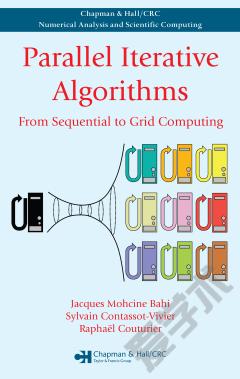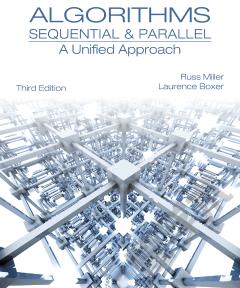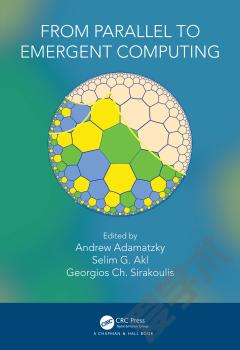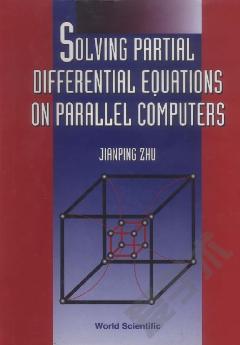Parallel Iterative Algorithms —— From Sequential to Grid Computing
----- 并行迭代算法
INTRODUCTION ITERATIVE ALGORITHMS Basic theory Sequential iterative algorithms A classical illustration example ITERATIVE ALGORITHMS AND APPLICATIONS TO NUMERICAL PROBLEMS Systems of linear equations Nonlinear equation systems Exercises PARALLEL ARCHITECTURES AND ITERATIVE ALGORITHMS Historical context Parallel architectures Trends of used configurations Classification of parallel iterative algorithms SYNCHRONOUS ITERATIONS Parallel linear iterative algorithms for linear systems Nonlinear systems: parallel synchronous Newton-multisplitting algorithms Preconditioning Implementation Convergence detection Exercises ASYNCHRONOUS ITERATIONS Advantages of asynchronous algorithms Mathematical model and convergence results Convergence situations Parallel asynchronous multisplitting algorithms Coupling Newton and multisplitting algorithms Implementation Convergence detection Exercises PROGRAMMING ENVIRONMENTS AND EXPERIMENTAL RESULTS Implementation of AIAC algorithms with nondedicated environments Two environments dedicated to asynchronous iterative algorithms Ratio between computation time and communication time Experiments in the context of linear systems Experiments in the context of partial differential equations using a finite difference scheme APPENDIX: DIAGONAL DOMINANCE AND IRREDUCIBLE MATRICES Z-matrices, M-matrices, and H-matrices Perron-Frobenius theorem Sequences and sets REFERENCES INDEX
{{comment.content}}








 京公网安备 11010802027623号
京公网安备 11010802027623号